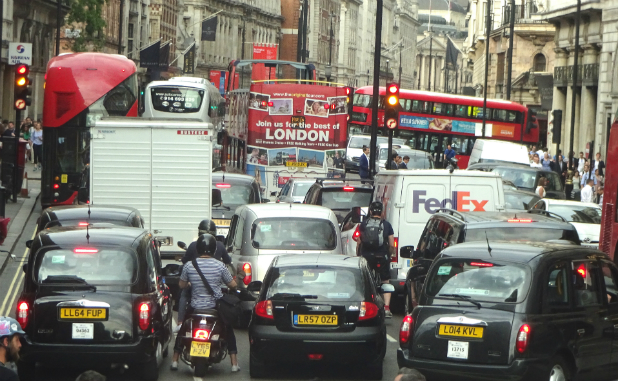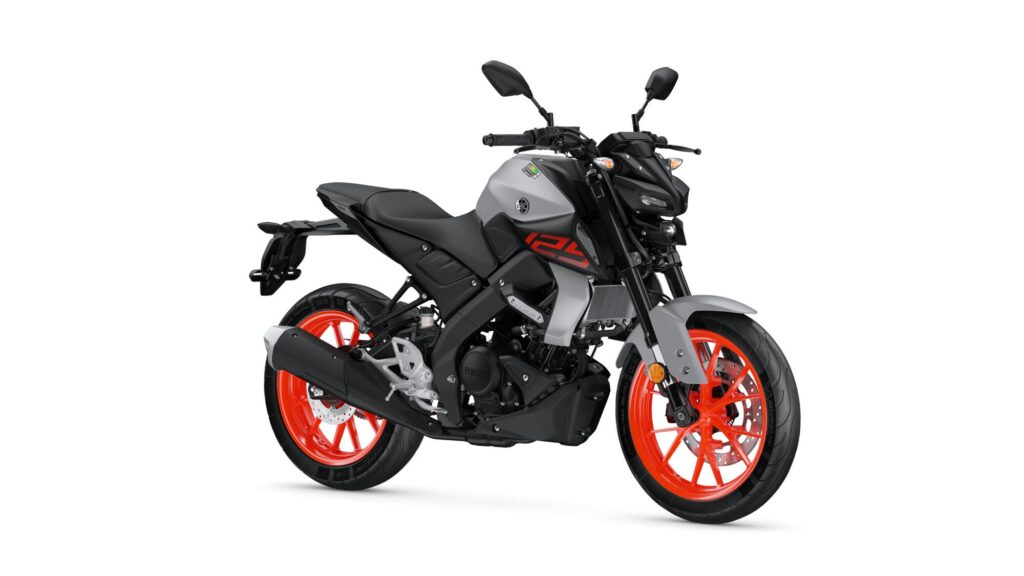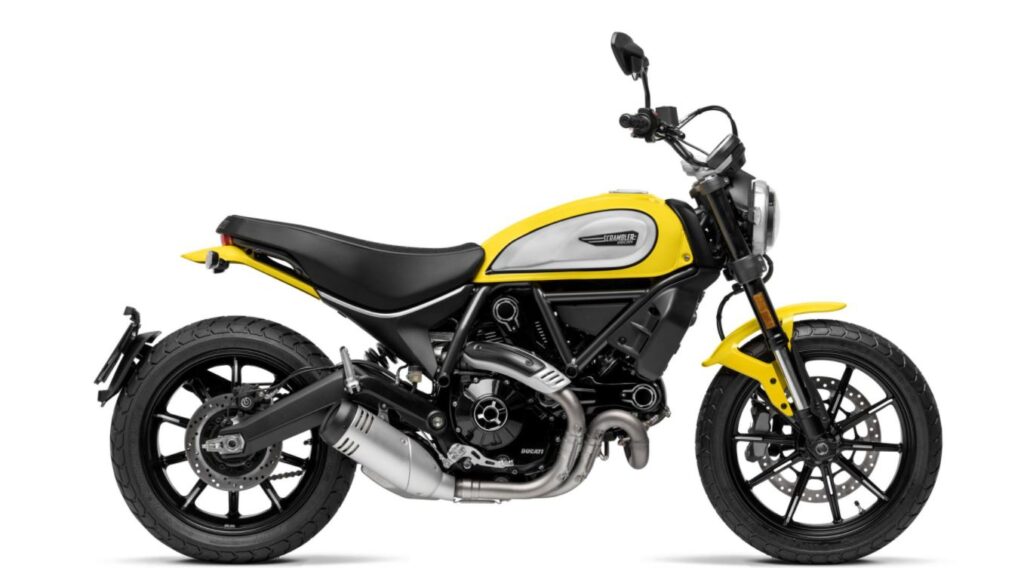
Without tyres, your motorcycle is useless. They can be easy to take for granted, but with the right care and attention, they can help to keep you safe on your voyages. In order to help you maintain your tyres in the best condition and to make sure you’ve got the right tyres, Bikesure has created this handy guide for everything you need to know about motorcycle tyres.
Motorcycle tyres: a short history
Pneumatic rubber tyres were invented in 1888 by Ireland based Scottish veterinary and inventor John Boyd Dunlop. They were used for the first motorcycles when they appeared in 1894 and have been constantly developed since then.
There are tyres designed for specific bike types, as well as tyres for different weather conditions and uses. The humble rubber tyre might not look like it, but they contain well over a century’s worth of research and development.
Modern motorcycle tyres
Modern motorcycle tyres are made by combining multiple layers of different materials, covered with specially formulated rubber with treads that have been designed to maximise grip.
The two main tyre types are determined by the structure of the internal layers. Radial tyres are layered so the internal belts go across the tread, while bias construction places them diagonally along the tread.
This affects the way they behave and respond to the road, and the types of tyres used for different motorcycles have different behaviours. This is why it’s important to use the right tyres for the bike you have as some tyre types can be dangerous if used in other ways.
Examples of different tyre types
For example, the tyres for sports and offroad bikes are designed to maximise grip, but different kinds of grip. Sports tyres are optimised for speed on paved roads, while offroad tyres have deeper treads that allow them to grip on loose, natural surfaces.
A sports tyre will provide grip in a racing situation but they aren’t suitable for use on a standard road bike as they require the friction heat they generate during the race to function at full capacity. Meanwhile, the deeper treads of an offroad tyre don’t have the stability to work on roads.
When to replace your worn motorcycle tyres
All tyres wear down with time, so you should be aware of the signs that it’s time to replace them. The law says that the tyre’s pattern must be visible over the whole tread area, and it should have a depth of at least 1mm throughout a single band if the original tread pattern wasn’t larger than three quarters of the width of the tyre.
If you look carefully at the main groove in the tyre pattern you should see a small bump of rubber. If the tread has worn down to the bump’s level it definitely needs to be changed, although for safety’s sake you should do it before it reaches that point. If your bike is 50cc or lower, all the original grooves need to be visible – the tyres should be replaced if any have worn smooth.
Replacing your old motorcycle tyres

Rubber starts hardening with age, which obviously makes it less flexible and will reduce its grip on the road. It will start developing cracks as it hardens, which is a sure indicator that the tyre is too old. Luckily it’s easy to tell exactly how old any tyre is if you know how to interpret the codes on the tyres themselves.
The DOT code on your motorcycle tyres
Embossed on the sidewalls is pretty much everything you need to know about any tyre. To work out a tyre’s age, look for the Department of Transport (DOT) code. This is literally a string of letters and numbers after DOT.
Finding out the age of your tyre from the DOT code
The final four numbers tell you the week and year a tyre was made, so 0515 would mean it was made in the fifth week of 2015. A good rule of thumb when buying new tyres is you shouldn’t put anything older than five years on your bike, and anything approaching ten years old should be replaced immediately.
Finding out the width, height, tyre type, speed rating and rim size of your tyres
The other information on the tyre includes width and height, for example, 180/55. The height – the second number – is calculated as a percentage of the tyre width so 55% of 180 would be 99mm.
Construction details tell you the tyre’s type – belted or radial – while the speed rating, which will be a letter from B to ZR, tells you the highest speed it can safely maintain under load. Rim size is usually next to these, and should obviously be the same as the rim of the wheel.
Finding out the load index of your tyre from the DOT code
The load index is the number marked with a W. The bike’s overall top speed is calculated based on the figures for the slowest wheel, so you should always take care to replace each wheel with the same speed and load ratings otherwise its handling will be impaired. To make things clearer manufacturers will put an R or F, usually near their logo.
Checking which way your tyres should be fitted
Last but by no means least is the direction arrow. It’s particularly important to make sure they’re fitted facing the right way, as not only is it dangerous if it’s wrong but it could also fail an MOT.
Make sure to check your motorcycle tyres regularly

You should get into the habit of regularly checking on the state of your tyres. As previously mentioned, the thread depth is probably the most important factor of wear and tear to monitor, but you should make sure it’s wearing relatively evenly. If any larger irregular chunks have formed, that’s a sign of greater damage. Make sure it’s not showing any signs of hardening – cracks in the bottom of the treads are a sure sign that the tyres are getting a bit too long in the tooth, but the sidewalls are also prone to this. Check the rim is seated cleanly, and if there are any kinks in it, get it replaced.
The valve stem can also get damaged, so make sure that’s OK. You should consider getting it replaced whenever you get new tyres, although they can last longer than the tyres. As with all things motorcycle, it’s best to operate on the principle of better safer than sorry, as any sudden failure can cause a serious accident.
Make sure you take out motorcycle insurance before you ride
So you’ve done all the motorcycle tyre checks, but it’s not time to ride just yet – make sure you’re covered with motorcycle insurance before you head out. We cover a wide range of bikes, from sports bikes to offroad bikes and everything in between. Call us on 0330 123 1028 for a quote.





